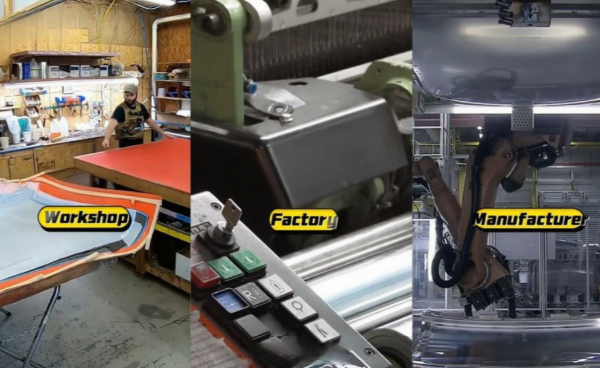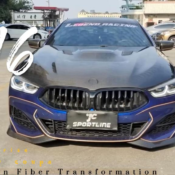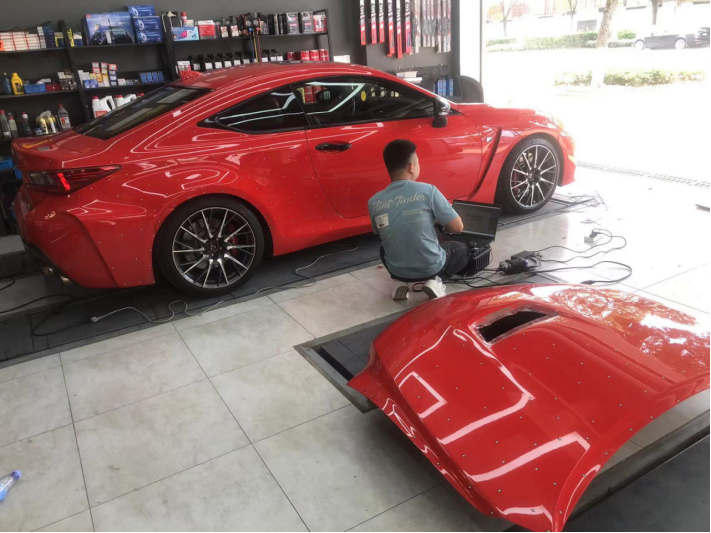
How Much Should a Real Carbon Fiber Hood Cost?
Are you paying for looks—or for structure that actually fits and performs? 
Let’s be honest—when most people ask about a carbon fiber hood, their first two questions are: That’s not an isolated case—it’s a pattern in the industry caused by one thing: Low-cost shortcuts.
That’s not an isolated case—it’s a pattern in the industry caused by one thing: Low-cost shortcuts. Here’s what typically goes wrong when the focus is only on price:
Here’s what typically goes wrong when the focus is only on price: We designed a 7-layer composite structure:
We designed a 7-layer composite structure: Why so high? Because to achieve the level of fitment precision and structural strength required for real use (not just showroom display), you must invest in:
Why so high? Because to achieve the level of fitment precision and structural strength required for real use (not just showroom display), you must invest in: Each mold was: Reverse-engineered from the car’s body CNC-machined from stable, reinforced tooling Accuracy verified within ±0.3mm tolerance Every hood was trial-fitted on a real car before production started. No surprises. No last-minute grinding.
Each mold was: Reverse-engineered from the car’s body CNC-machined from stable, reinforced tooling Accuracy verified within ±0.3mm tolerance Every hood was trial-fitted on a real car before production started. No surprises. No last-minute grinding.
And on the flip side, a “cheap” hood may cost you much more: 👉 Send us your vehicle model and drawing—our engineers will help you evaluate whether your current design has structural risks.
👉 Don’t gamble on price. Let’s build it right the first time.
👉 Follow us to learn more about carbon fiber structural design that actually performs.
👉 Send us your vehicle model and drawing—our engineers will help you evaluate whether your current design has structural risks.
👉 Don’t gamble on price. Let’s build it right the first time.
👉 Follow us to learn more about carbon fiber structural design that actually performs.
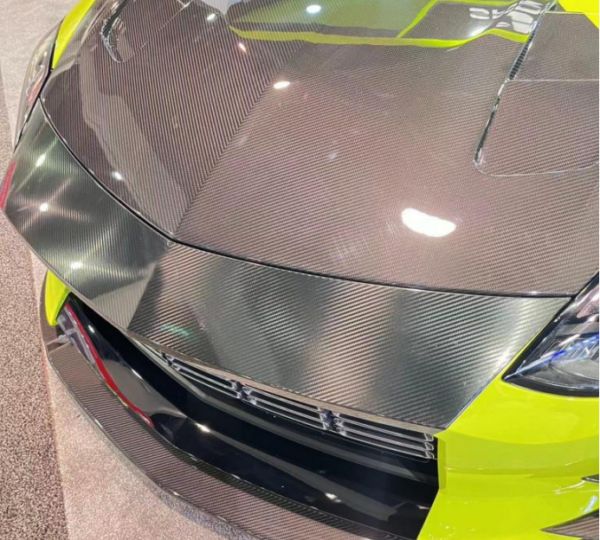
Who This Blog Is For
- Automotive OEM project leaders
- Performance tuning brands or distributors
- High-end modification shops with structural requirements
- Exporters who need strength + aesthetics in one piece
❗ The Real Question Isn’t “How Much?”
- “What’s the price?”
- “Do you have stock?”
- It doesn’t fit.
- It flexes or pops when driving.
- It cracks after a few weeks.
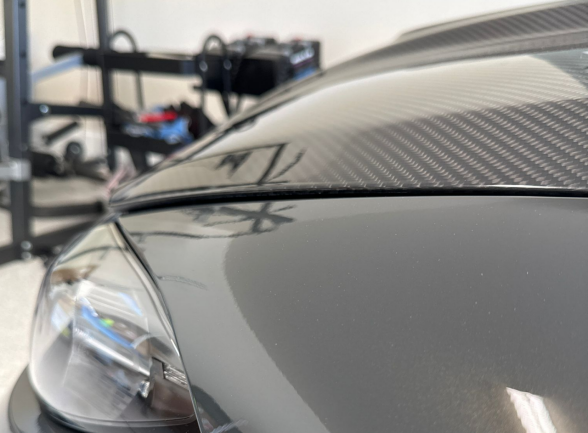 That’s not an isolated case—it’s a pattern in the industry caused by one thing: Low-cost shortcuts.
That’s not an isolated case—it’s a pattern in the industry caused by one thing: Low-cost shortcuts.Common Issues with Cheap Carbon Hoods
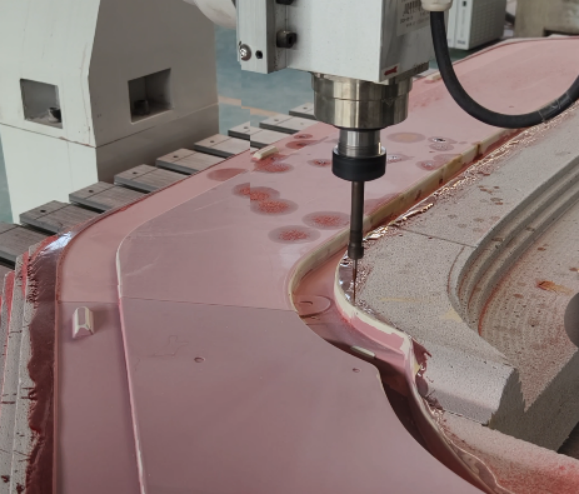 Here’s what typically goes wrong when the focus is only on price:
Here’s what typically goes wrong when the focus is only on price:- Weak Layup → Not enough carbon layers = poor stiffness
- Hood flexes when you pop the latch
- Center bulges over time
- Inaccurate Molds → Misaligned mounting points
- Mounting holes don’t line up
- Edge gaps, rubbing, or panel lift
- No Stress Testing → Unsafe at high speed
- Vibrates at 100+ km/h
- May crack or fly up under stress
A Story From the Front Lines
We’ve built and tested hundreds of carbon fiber hoods, from street builds to full OE projects. One of our most demanding clients was working on a BMW F87 performance hood. Their goal? A hood that looks sleek but can handle real use—track days, mountain roads, and everyday slams from gas struts. Here’s what we learned:The Layup Must Be Engineered, Not Just Stacked
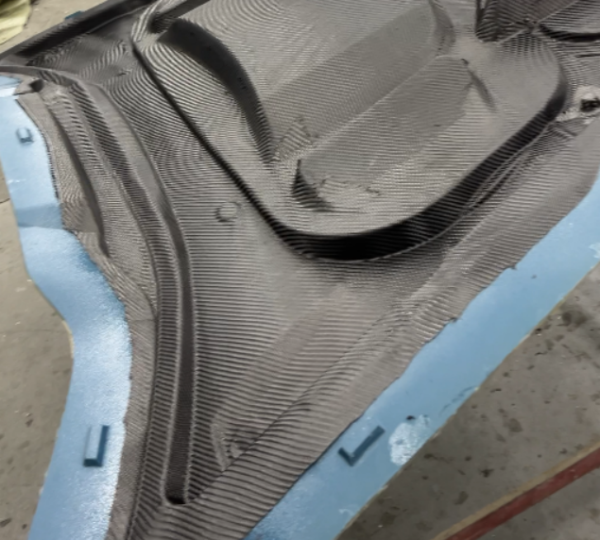 We designed a 7-layer composite structure:
We designed a 7-layer composite structure:- Inner layers: unidirectional carbon for tensile and compression
- Mid layers: cross-ply orientation for balance
- Outer layer: woven carbon for appearance and surface protection
Our reference point? Why Does a Quality Carbon Fiber Hood Cost So Much? The “Xiaomi Hood” Example
In the carbon fiber hood market, there’s a popular model often called the “Xiaomi hood” — widely sought after for its blend of quality and price. But here’s the truth most don’t talk about: Its retail price is around ¥42,000 RMB (about $6,000 USD), and the production cost alone—including raw materials and labor—is over ¥12,000 RMB per unit.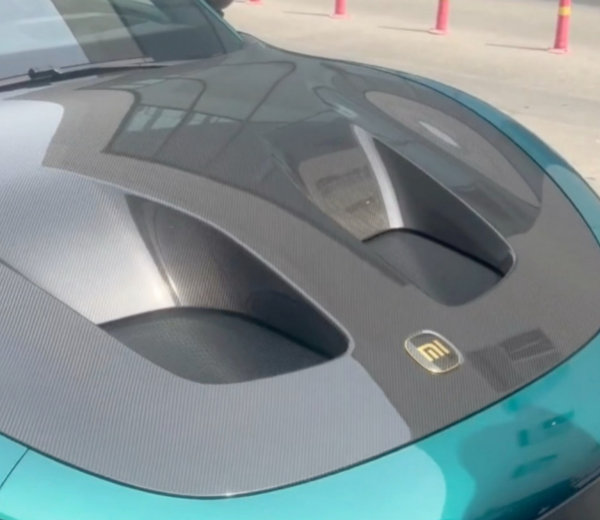 Why so high? Because to achieve the level of fitment precision and structural strength required for real use (not just showroom display), you must invest in:
Why so high? Because to achieve the level of fitment precision and structural strength required for real use (not just showroom display), you must invest in:- Multiple engineered layers of carbon fiber, carefully arranged to balance strength and weight.
- Precision molds created from full 3D scans, machined to less than ±0.3mm tolerance.
- Comprehensive quality control, including stress tests and fit checks before mass production.
The Mold Must Be Dead-On Accurate
We started from real car 3D scans, not guesswork or old data.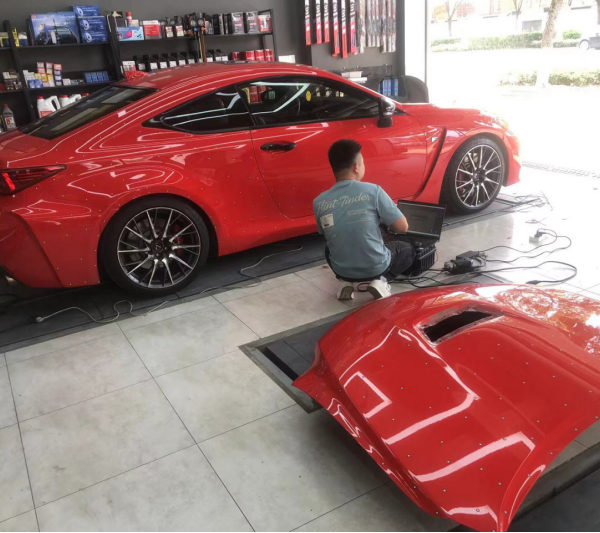 Each mold was: Reverse-engineered from the car’s body CNC-machined from stable, reinforced tooling Accuracy verified within ±0.3mm tolerance Every hood was trial-fitted on a real car before production started. No surprises. No last-minute grinding.
Each mold was: Reverse-engineered from the car’s body CNC-machined from stable, reinforced tooling Accuracy verified within ±0.3mm tolerance Every hood was trial-fitted on a real car before production started. No surprises. No last-minute grinding.What You Actually Pay For in a Quality Carbon Fiber Hood
Investment | Result |
| High-strength prepreg carbon | Real stiffness, long-term durability |
| Precision molds & CNC work | Fast install, reduced returns |
| Structural & thermal testing | No cracks, no vibration at speed |
| Manual polishing & topcoat | Premium look, higher resale & brand value |
- Refunds and returns
- Delays from fitment issues
- Brand reputation damage
- Safety risks at highway speeds
Bottom Line: What Are You Really Buying?
You’re not buying just a look. You’re buying fitment, safety, and long-term value. A real carbon fiber hood:- Doesn’t rattle or flex
- Fits like OEM
- Keeps its shape—even after 10,000km of hard driving
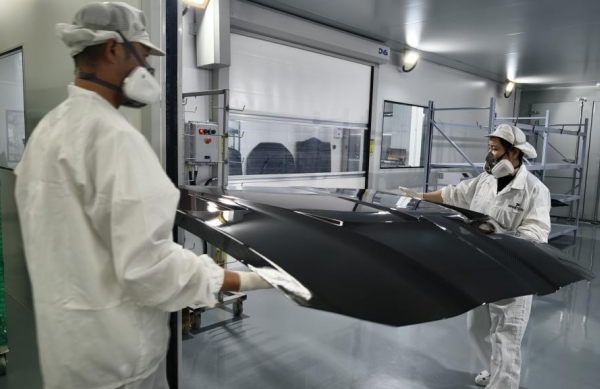 👉 Send us your vehicle model and drawing—our engineers will help you evaluate whether your current design has structural risks.
👉 Don’t gamble on price. Let’s build it right the first time.
👉 Follow us to learn more about carbon fiber structural design that actually performs.
👉 Send us your vehicle model and drawing—our engineers will help you evaluate whether your current design has structural risks.
👉 Don’t gamble on price. Let’s build it right the first time.
👉 Follow us to learn more about carbon fiber structural design that actually performs. Recent Posts
jcsportline.com0 Comments
Why High-End Car Enthusiasts Choose Custom Carbon Fiber Kit
jcsportline.com0 Comments
Ultimate Arbon Fiber Care Guide: Keep the Shine and Extend Lifespan
jcsportline.com0 Comments
Carbon Fiber Parts vs. Regular Car Mods: Which Material Is Worth Your Investment?
Tags
adhesive layer control Automotive Aftermarket automotive composites Brand Reputation carbon fiber case study Carbon Fiber Durability carbon fiber engineering carbon fiber failure prevention carbon fiber for racing carbon fiber interior carbon fiber parts Carbon Fiber Precision carbon fiber production tips carbon fiber prototype Carbon Fiber QC carbon fiber quality carbon fiber simulation carbon fiber vs aesthetics carbon fibre composite part development custom carbon parts DIY Installation fake carbon fiber Fitment Accuracy fitment issues functional carbon fiber parts layup angle Manufacturing Tolerances motorsport carbon fiber Mounting Point Failure OEM Standards original structure Precision Manufacturing Private Label Manufacturing Quality Control Process real carbon real carbon fiber resin flow control Screw Hole Alignment stress test carbon fiber Supplier Reliability Thread Quality tuning shop carbon parts User Experience ±0.3mm Tolerance

